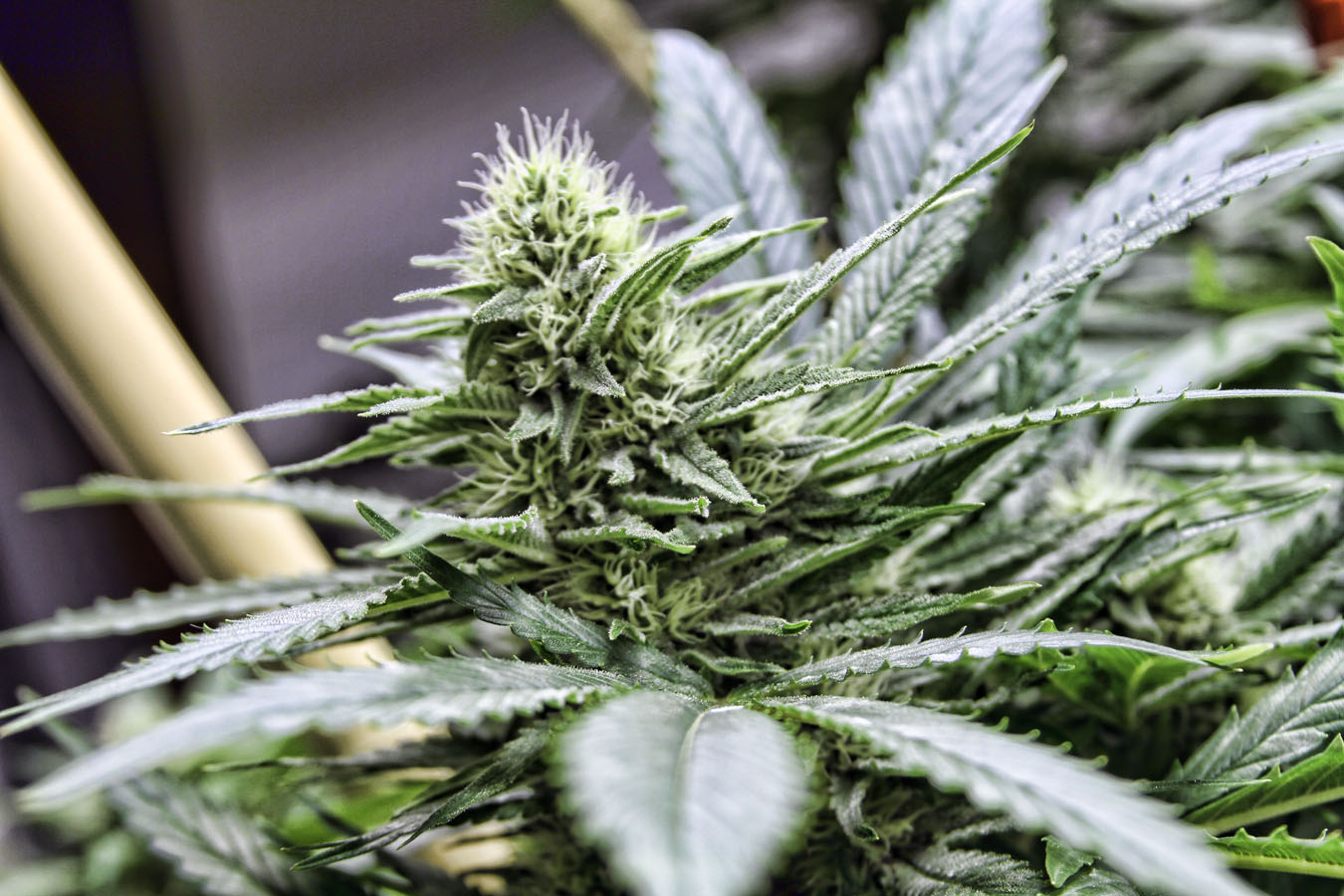Growing our way out of climate change by building with hemp and wood fibre
Author: Mike Lawrence
How can buildings help with climate change? It’s all about renewables and “sequestered carbon”.
The Department for Business, Innovation and Skills’ 2010 report on Low Carbon Construction concluded that construction was responsible for around 300m tonnes of carbon dioxide emissions, which is almost 47% of the UK’s total. Of this, around 50m tonnes is embedded in the fabric of buildings.
Making one tonne of steel emits 1.46 tonnes of CO2 and 198kg of CO2 is emitted make one tonne of reinforced concrete. One square meter of timber framed, hemp-lime wall (weighing 120kg), after allowing for the energy cost of transporting and assembling the materials actually stores 35.5kg of CO2.
If we can convert plants into building materials, we are in a win-win situation. Plants use the energy of the sun to convert atmospheric CO2 and water into hydrocarbons – the material from which plants are made.
The plant acts as a carbon store, sequestering (absorbing) atmospheric CO2 for as long as the plant continues to exist. This CO2 is only re-released when the material is composted or burnt, and the great thing is that through replanting it you can re-absorb this CO2 annually, in the case of straw or hemp, or every decade or so in the case of timber, rather than the 300m years that it takes to recycle coal or oil.

